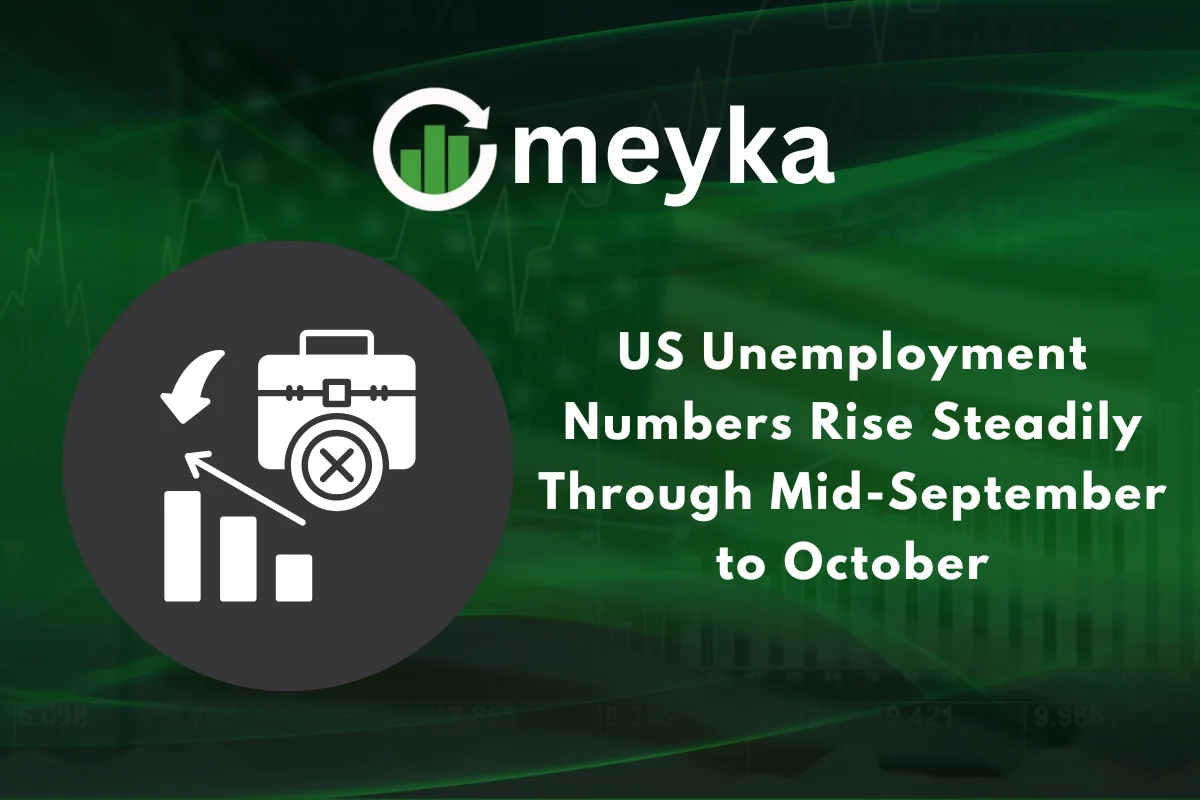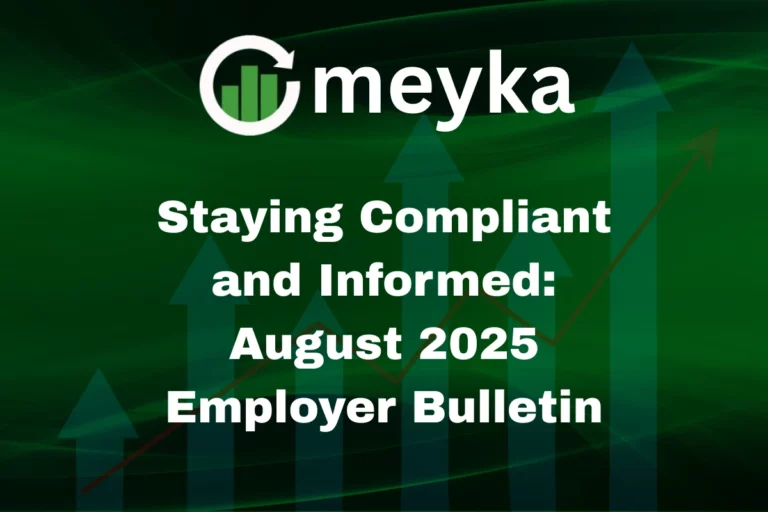US Unemployment Numbers Rise Steadily Through Mid-September to October
In recent weeks, the topic of US Unemployment has captured much attention as data show the number of Americans claiming jobless benefits is steadily rising from mid-September into October. The implications ripple across households, businesses, and even the broader stock market, making this a key signal for investors and everyday workers alike.
What the Latest Data Reveal
According to the U.S. Department of Labor (DOL), the number of continued unemployment claims climbed to approximately 1.957 million for the week ending October 18. This figure rose from about 1.916 million in the week ending September 13. Meanwhile, new-claims data showed about 232,000 individuals filed for first-time benefits in the week ending October 18, up from around 219,000 for the week ending September 20.
These numbers suggest that the labor market may be weakening or at least not strengthening as swiftly as hoped. Economists point out that this has relevance not only for workers but also for investors performing stock research and watching macro trends.
Why This Trend Matters
First, an increase in unemployment claims signals that more people are losing jobs or becoming eligible for benefits. That affects household income, consumer spending, and overall economic activity. In turn, weaker consumer demand can weigh on corporate profits, which is relevant for the stock market.
Second, from an investing perspective, rising unemployment could influence how industries perform. Companies dependent on consumer spending may face headwinds. Analysts looking at AI stocks, for example, also watch labor-market strength because automation and AI adoption become more attractive when labor supply increases or wages stagnate.
Third, the data may inform policy decisions by the Federal Reserve. If labor markets deteriorate, the Fed may consider relaxing interest rates or implementing supportive measures. Investors conducting stock research may incorporate such policy shifts into their valuation models.
What’s Driving the Uptick in US Unemployment?
Multiple factors are likely contributing:
- Economic headwinds: Global uncertainty, trade tensions, and slower growth may make firms cautious about hiring. Insights suggest that in September, job creation was modest and the unemployment rate was expected to hold around 4.3%.
- Delayed reporting: A recent shutdown of the U.S. government delayed the monthly jobs report, making labour-market data harder to interpret in real time.
- Sector weakness: Some industries may be shedding jobs or holding back new hires, which raises continued claims.
- Technology and automation: As companies increasingly use automation and AI tools, certain roles may be replaced or consolidated, which indirectly ties into labour-market stress.
Impact Across the Economy and Markets
For Workers
Rising US unemployment means more individuals may face job loss or difficulty finding new work. This leads to higher financial stress, lower spending, and greater demand for social support.
For Businesses
Companies expecting steady consumer demand may now face slower revenue growth if households tighten spending. That can affect profitability, especially in discretionary sectors.
For Investors and the Stock Market
Investors performing stock research will flag rising unemployment as a red flag. Sectors tied to consumer health, such as retail, leisure, and autos, may underperform. At the same time, sectors tied to automation or AI may gain interest, as firms look to cut costs and innovate. Consideration of AI stocks comes into play as the adoption of smart tools may accelerate when labor becomes scarcer or more costly.
For Policy Makers
If unemployment continues to rise, the Federal Reserve may shift its stance on interest rates. Monetary policy adjustments can directly affect equity valuations, borrowing costs, and business investment.
What Should Investors Look For Next?
- Monthly jobs reports: When they’re released, the monthly employment situation report will show job gains, unemployment-rate changes, and wage trends.
- Claims trends: Weekly continuing claims and initial claims provide early signals of shifts in the labour market.
- Wage growth: If wages stagnate or fall alongside rising unemployment, that combination can hurt consumer demand and corporate margins.
- Sectoral job data: Which industries are losing jobs? Which are growing? This helps with focused stock research and sector allocation.
- Economic indicators: Consumer-confidence surveys, retail spending, and manufacturing data will help confirm whether rising unemployment is part of a broader slowdown.
Why the US Unemployment Trend Deserves Attention Now
While the unemployment rate itself remains historically low compared to past recessions, the uptick in claims is a warning sign. It suggests that the labour market’s cushion may be thinning. For investors examining stock market trends, this is not just about numbers—it’s about risk and timing. Markets tend to react not only to where the data are now, but where they may be headed next.
Rising unemployment often precedes broader economic weakness. For companies already grappling with supply-chain pressure, inflation, and global uncertainty, this adds another layer of concern. Conversely, companies that can adapt, perhaps by leveraging technology or AI, might fare better. Thus, even AI stocks warrant scrutiny: firms that offer solutions to labour-market challenges may benefit in this environment.
Conclusion
We are seeing a meaningful rise in US unemployment claims from mid-September into October. The trend signals caution for workers, businesses, and investors alike. For those conducting stock research, it reinforces the need to watch labour indicators alongside earnings and sector performance. While the job market remains relatively strong by historical standards, the recent shift reminds us that momentum can change and markets will react accordingly.
As the next monthly employment report approaches, stay alert to labour-market signals. For anyone tracking stock market risks and opportunities, the path of unemployment may offer an early clue.
FAQs
An increase in unemployment claims typically means more people are losing jobs or becoming eligible for jobless benefits. This reduces household income and spending, which may slow economic growth.
Higher unemployment can hurt consumer-oriented companies and may prompt investors to rotate into defensive sectors. It can also influence interest-rate policy, which affects valuations across the stock market.
As firms face labour-market pressure, they may invest more in automation and AI tools. Companies offering such solutions may gain interest, making some AI stocks more attractive in a rising-unemployment environment.
Disclaimer:
The content shared by Meyka AI PTY LTD is solely for research and informational purposes. Meyka is not a financial advisory service, and the information provided should not be considered investment or trading advice.






